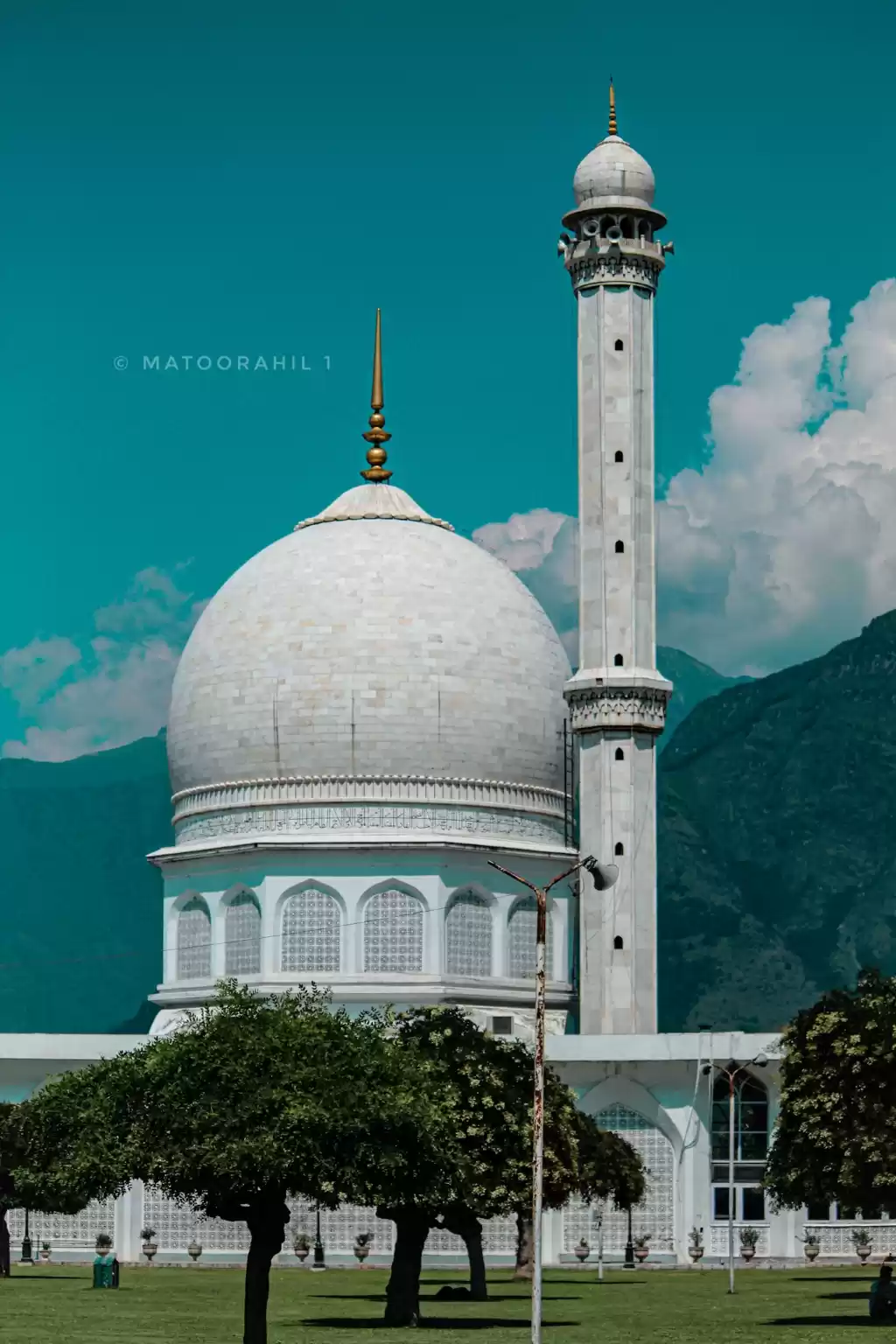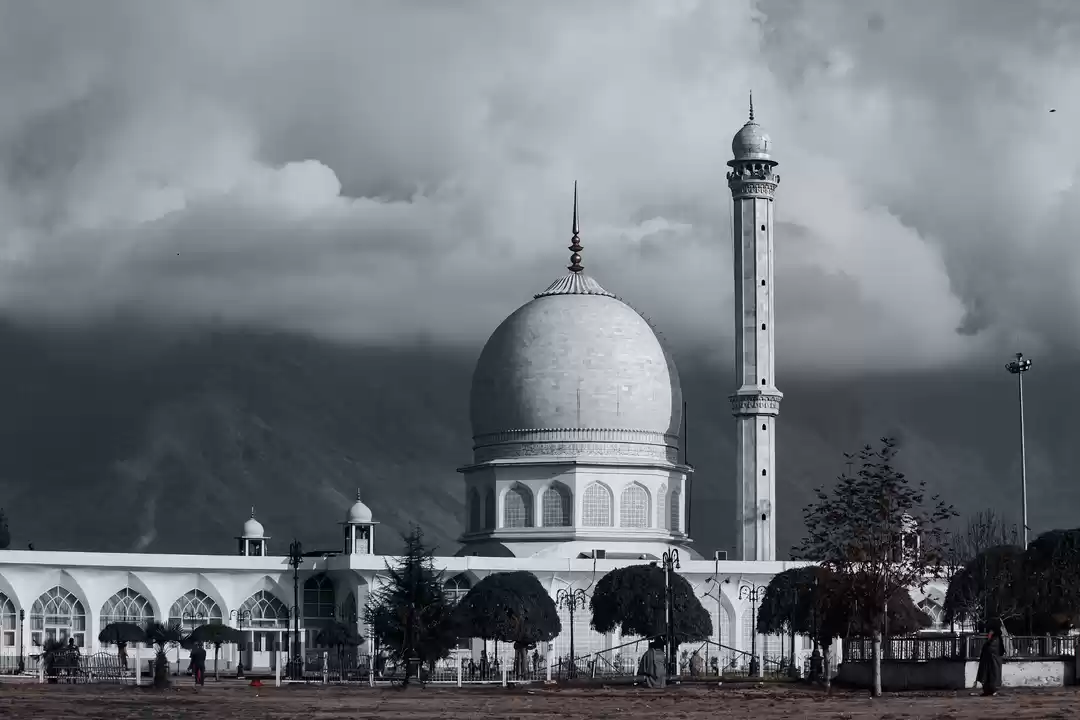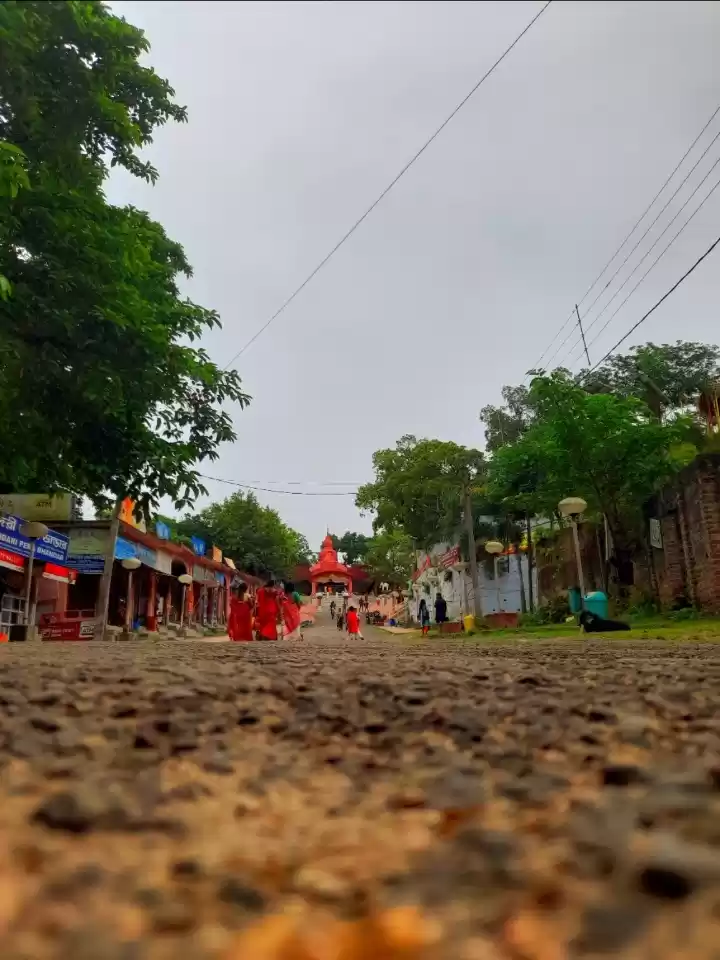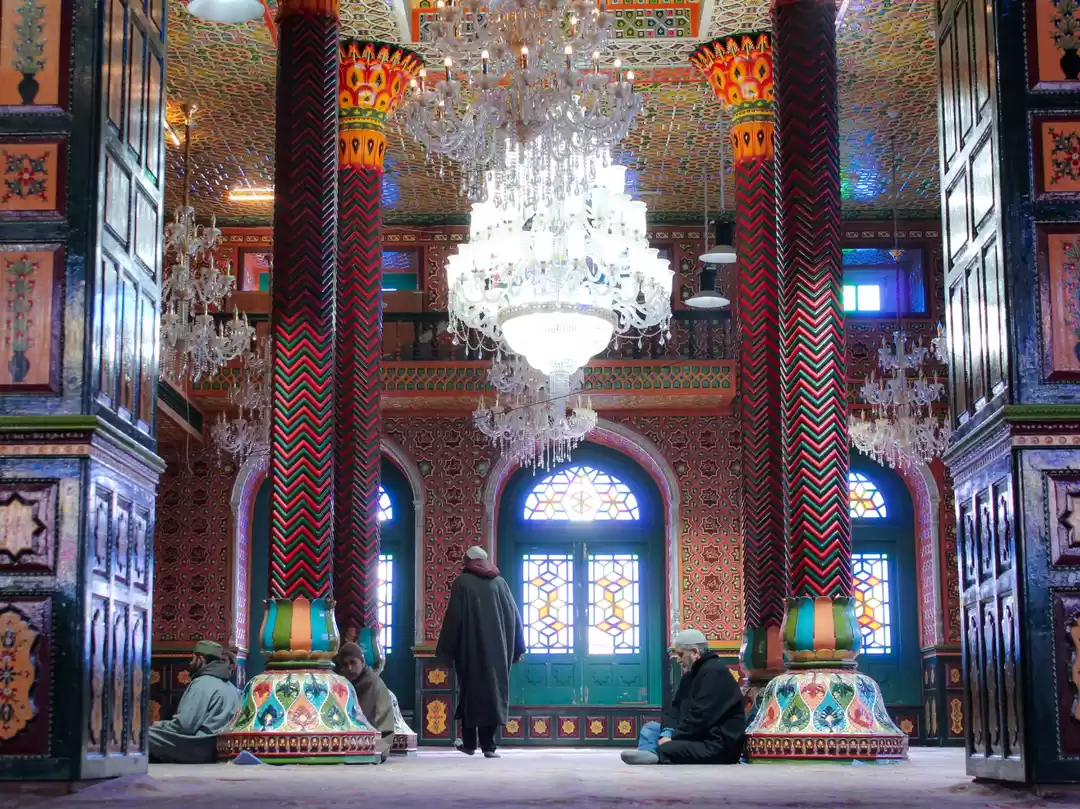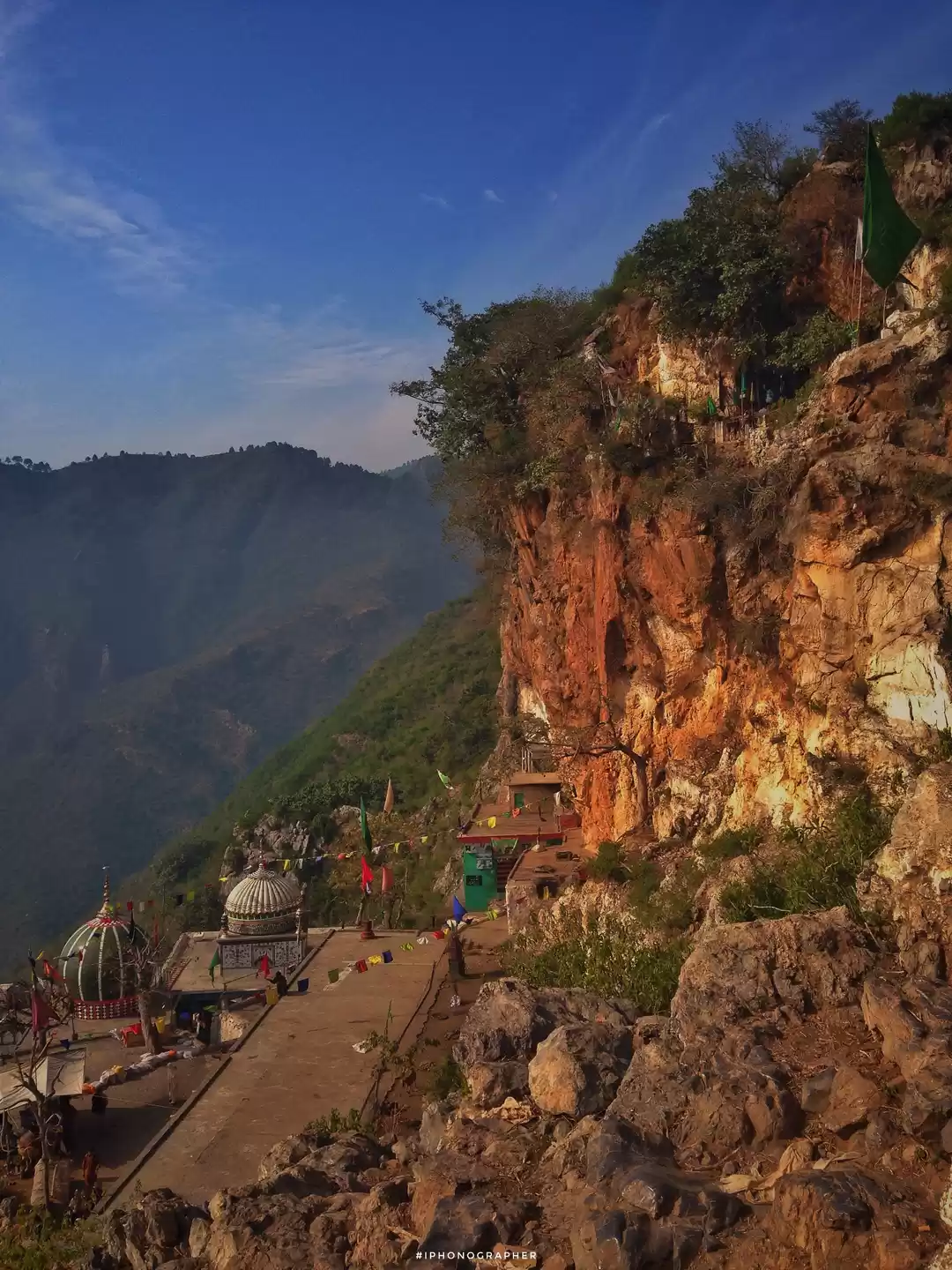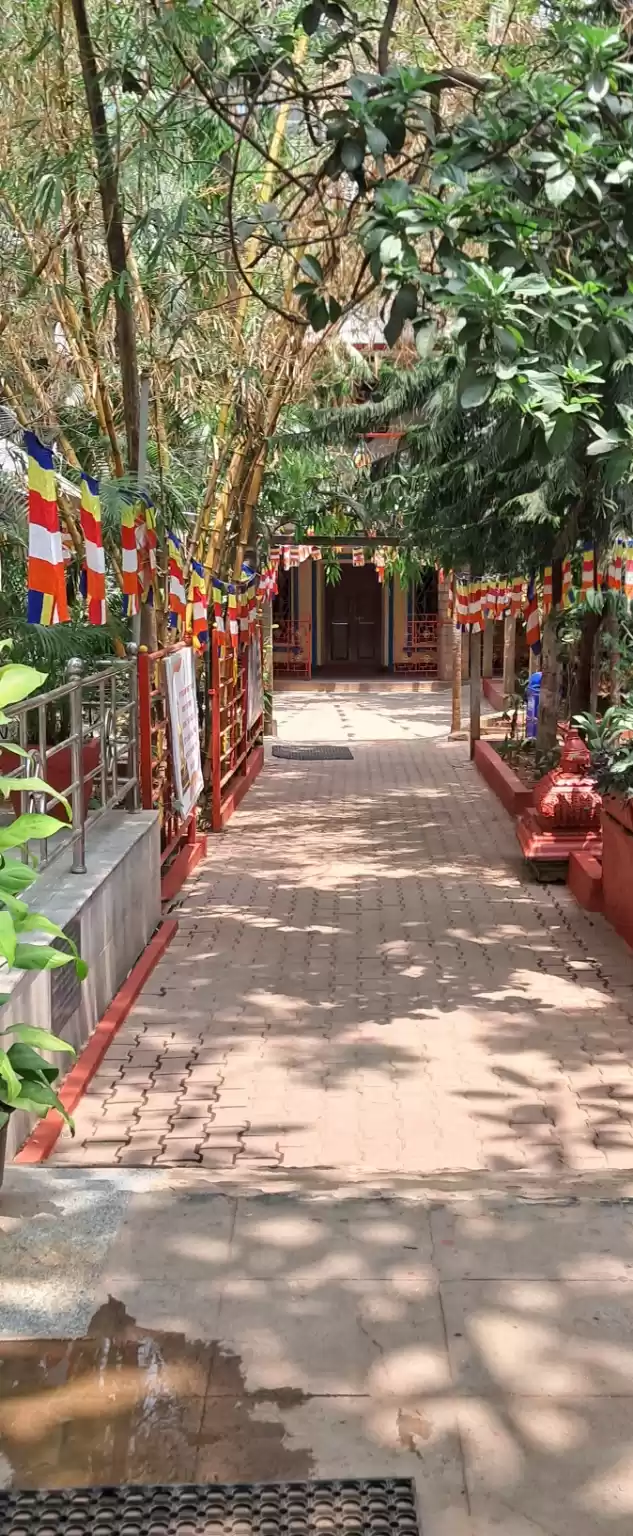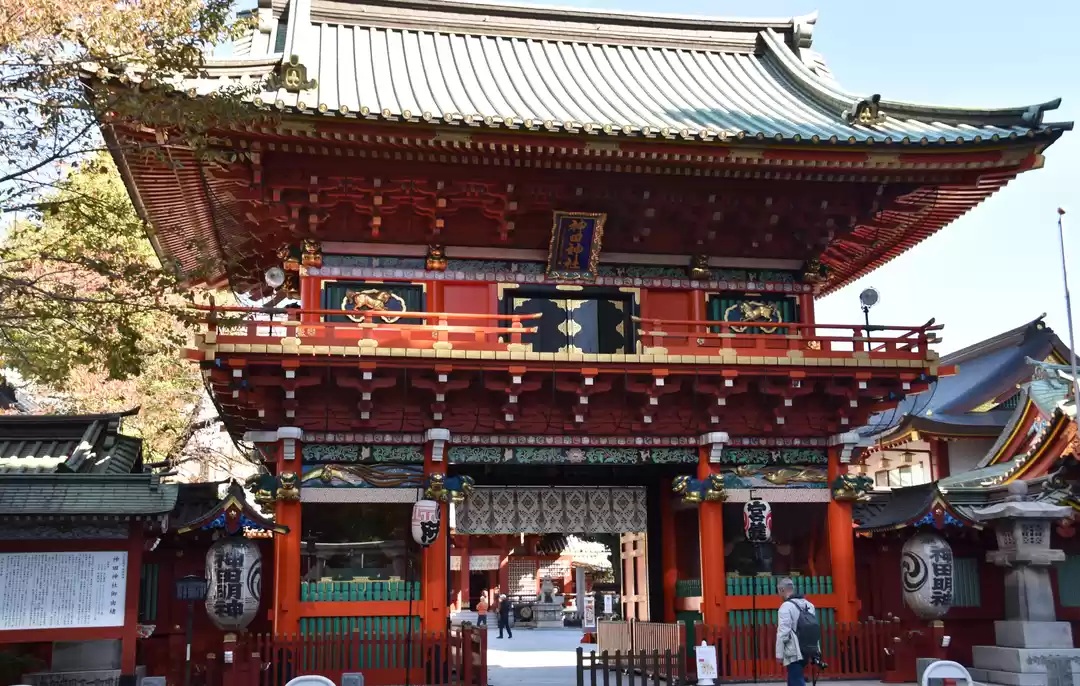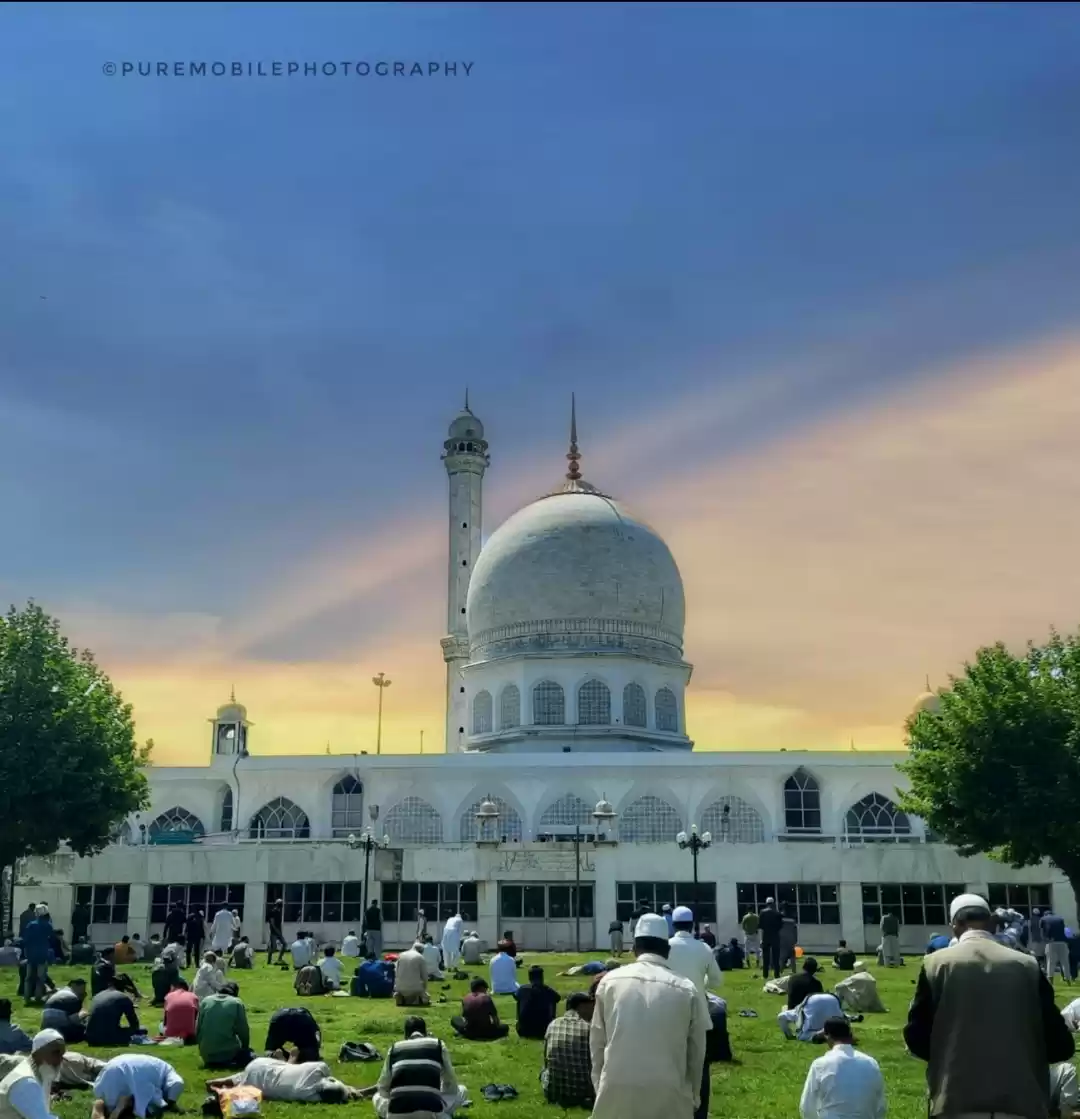If you are looking for a place to pay your respects to the Australians who have served in any war, the Shrine of Remembrance in Melbourne is the perfect destination. The Shrine of Remembrance is not only a war memorial, but also a museum, a gallery, a garden, and a cultural attraction. It is one of Melbourne’s most iconic landmarks, and a must-see for anyone interested in the history and heritage of Australia.
In this article, we will provide you with a comprehensive and informative guide to the Shrine of Remembrance, covering its history, architecture, attractions, events, and practical information. Whether you are a history buff, a culture lover, or a curious traveller, you will find something to enjoy and appreciate at the Shrine of Remembrance.
History and Architecture of the Shrine
The Shrine of Remembrance was built between 1927 and 1934, as a tribute to the Victorians who served in the First World War. It was designed by two Melbourne architects, Phillip Hudson and James Wardrop, who won a competition for the best design. They were inspired by the ancient monuments of Greece and Egypt, such as the Tomb of Mausolus and the Pyramids, and used Tynong granite as the main material.

The Shrine features a ziggurat roof, a classical portico, and a stepped pedestal, creating a majestic and solemn impression. The main feature of the Shrine is the Stone of Remembrance, located in the central chamber, or the Sanctuary. The Stone is engraved with the words “Greater love hath no man”, taken from the Bible verse John 15:13. The Stone is aligned with an aperture in the roof, which allows a ray of sunlight to shine on the word “Love” on 11 November at 11 a.m., marking the anniversary of the armistice that ended the First World War.
The Shrine also has a lower chamber, or the crypt, where a bronze statue of a father and son, representing two generations of soldiers, is located. The walls of the crypt are decorated with panels listing every unit of the Australian Imperial Force that served in the First World War. The Shrine also has an Eternal Flame, a symbol of eternal life, that burns continuously on the forecourt. The Flame was lit by Queen Elizabeth II in 1954, during her visit to Australia.
The Shrine has been expanded and renovated several times, to include other conflicts and peacekeeping operations that involved Australians. In 1985, a Remembrance Garden was added, to commemorate the post-Second World War conflicts, such as Korea, Malaya, Vietnam, and Afghanistan. In 2003, a Visitor Centre was opened, to provide information, education, and hospitality services to the visitors. In 2014, the Galleries of Remembrance were inaugurated, to display over 800 artefacts, artworks, and personal items that tell the stories of Australians in war and peacekeeping.
Attractions and Features of the Shrine
The Shrine of Remembrance offers a variety of attractions and features that appeal to different interests and preferences. Here are some of the main ones that you should not miss:

The Sanctuary: The main hall of the Shrine, where the Stone of Remembrance is located. You can also see the Ray of Light demonstration, which occurs daily at 10.30 a.m. and 12.30 p.m., as well as on 11 November at 11 a.m. The Sanctuary is open daily from 10 a.m. to 5 p.m., and there is no entry fee.
The Crypt: The lower hall of the Shrine, where the bronze statue of a father and son is located, along with the names of the units that served in the First World War. The Crypt is open daily from 10 a.m. to 5 p.m., and there is no entry fee.
The Eternal Flame: A symbol of eternal life that burns continuously on the forecourt of the Shrine. The Flame was lit by Queen Elizabeth II in 1954, and is a reminder of the sacrifice and courage of the Australians who have served their country.
The Galleries of Remembrance: A series of exhibition spaces that display over 800 artefacts, artworks, and personal items that tell the stories of Australians in war and peacekeeping. You can see items such as medals, uniforms, weapons, vehicles, letters, diaries, and more. The Galleries also host temporary exhibitions and special events throughout the year. The Galleries are open daily from 10 a.m. to 5 p.m., and there is no entry fee.
The Remembrance Garden: A landscaped area that commemorates the Australians who served in the post-Second World War conflicts, such as Korea, Malaya, Vietnam, and Afghanistan. The Garden features a pool of reflection, a wall of names, and a sculpture of a peacekeeper. The Garden is open daily from 10 a.m. to 5 p.m., and there is no entry fee.
The Visitor Centre: A modern facility that provides information, education, and hospitality services to the visitors of the Shrine. The Centre features an enquiry desk, a gift shop, a café, a theatre, a research centre, and a function space. The Centre also offers guided and self-guided tours, audio guides, and educational programs for schools and groups. The Centre is open daily from 10 a.m. to 5 p.m., except on Christmas Day and Good Friday, and there is no entry fee.
Events and Observances at the Shrine
The Shrine of Remembrance hosts several events and observances throughout the year, to honour the service and sacrifice of Australians. Some of the most important and popular ones are:

Anzac Day:
A national day of remembrance that marks the anniversary of the landing of the Australian and New Zealand Army Corps (ANZAC) at Gallipoli in 1915. The day is observed on 25 April, with a dawn service, a march, a commemorative service, and a wreath-laying ceremony at the Shrine. The day is also a public holiday in Australia, and a time to reflect on the values of courage, mateship, and sacrifice.
Remembrance Day:
A day of remembrance that marks the anniversary of the armistice that ended the First World War in 1918. The day is observed on 11 November, with a minute of silence at 11 a.m., followed by a service and a wreath-laying ceremony at the Shrine. The day is also a time to remember and honour all those who have died or suffered in wars and conflicts.
Legacy Week:
A week of fundraising and awareness-raising for Legacy, a charity that supports the families of deceased and incapacitated veterans. The week is held in the first week of September, and features various activities and events, such as selling badges, pins, and bears, hosting luncheons and concerts, and lighting up the Shrine in purple.
Other events:
The Shrine also hosts other events and observances throughout the year, such as Australia Day, Vietnam Veterans Day, Peacekeepers Day, and more. You can check the Shrine’s website for the latest updates and details.
Practical Information and Tips for Visiting the Shrine
If you are planning to visit the Shrine of Remembrance, here are some practical information and tips that will help you make the most of your experience:
How to get there:
The Shrine is located on St Kilda Road, in the Kings Domain parkland, south of the Yarra River. You can get there by public transport, such as tram, train, or bus, or by car, bike, or foot. The nearest tram stop is Shrine of Remembrance, on routes 3, 5, 6, 16, 64, 67, and 72. The nearest train station is Flinders Street, which is a 15-minute walk from the Shrine. The nearest bus stop is Domain Interchange, on routes 216, 219, and 220. If you are driving, you can park at the Shrine’s underground car park, which has a flat rate of $12 per day. If you are biking, you can use the bike racks at the Visitor Centre or the car park. If you are walking, you can enjoy the scenic views of the Royal Botanic Gardens and the Yarra River along the way.
What to wear:
The Shrine is a place of respect and solemnity, so you should dress appropriately and modestly. You should also wear comfortable shoes, as you will be walking a lot. You should also bring a hat, sunglasses, and sunscreen, as the Shrine is exposed to the sun and the weather.
What to bring:
You should bring a camera, as the Shrine offers many photo opportunities, both inside and outside. You should also bring some water and snacks, as the Shrine does not have any vending machines. You can also bring a picnic, as the Shrine has a lawn area where you can relax and enjoy the views. You should also bring some cash, as the Shrine’s gift shop and café only accept cash payments.
Accessibility and facilities:
The Shrine is actively welcoming people with access needs, and has various accessibility and facilities to accommodate them. The Shrine has wheelchair access, ramps, lifts, and accessible toilets throughout the site. The Shrine also has a hearing loop, a tactile map, and a Braille guide for people with a hearing or vision impairment. The Shrine also has an enquiry desk, a family friendly area, a food and refreshments, a conference/convention facilities, and a coach parking for the visitors’ convenience and comfort.
The Shrine of Remembrance is a remarkable place that showcases the history, culture, and values of Australia. It is a place where you can learn, reflect, and honour the Australians who have served their country in war and peace. It is also a place where you can enjoy the beauty, diversity, and richness of Melbourne’s attractions and features.
If you are looking for a memorable and meaningful experience in Melbourne, you should definitely visit the Shrine of Remembrance. You can book a tour, join an event, or explore the site at your own pace. You will not regret it.
Thank you for reading this article, and we hope you found it helpful and informative. If you have any feedback or questions, please feel free to contact us or leave a comment below. We would love to hear from you.







